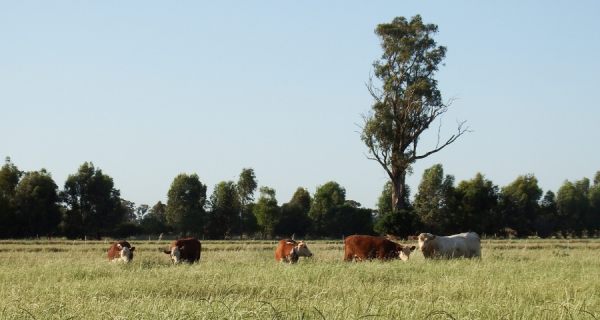|

The cost of an individual case of lameness is estimated to be between $200 - $500, so if a herd outbreak occurs, the costs can quickly escalate.
Wet conditions are associated with higher rates of lameness in cows. Prolonged exposure to moisture causes the hoof to soften, making bruising, penetration injuries and white-line disease more prevalent. The skin between the claws and around the foot also softens and macerates, leaving the skin more prone to footrot.
Here are some management strategies:
Stockmanship
- Cows will place their feet carefully if given time to walk at their own pace.
- Consider putting slow walkers and young cows in a separate herd to improve cow flow.
- Give cows additional time to choose a path through narrow or damaged areas.
- Don’t use honking horns or barking dogs.
- Be careful on concrete and in the holding yard. Soft hooves are easily damaged by twisting, sliding sideways and turning on abrasive surfaces.
- Minimise the use of the backing gate.
- Avoid overcrowding in the yard.
Repairing track surfaces
It is often not possible to resurface tracks during wet conditions but some maintenance can reduce their deterioration
- When mud builds up on the edge of tracks, dig drainage channels to move the water off the track surface.
- Remove large or sharp stones and fill in potholes with fine screenings.
- Incorporating 0.3-1% cement in the capping repair material can help stabilise the surface.
- Compact repaired surfaces.
- Fence off damaged areas of track that are beyond temporary repair.
- High traffic tracks can be topped with sawdust, wood chips or finely crushed rock/limestone. Use at least 300mm when using soft topping materials such as sawdust or wood chips. Use sleepers to keep the material contained.
|
